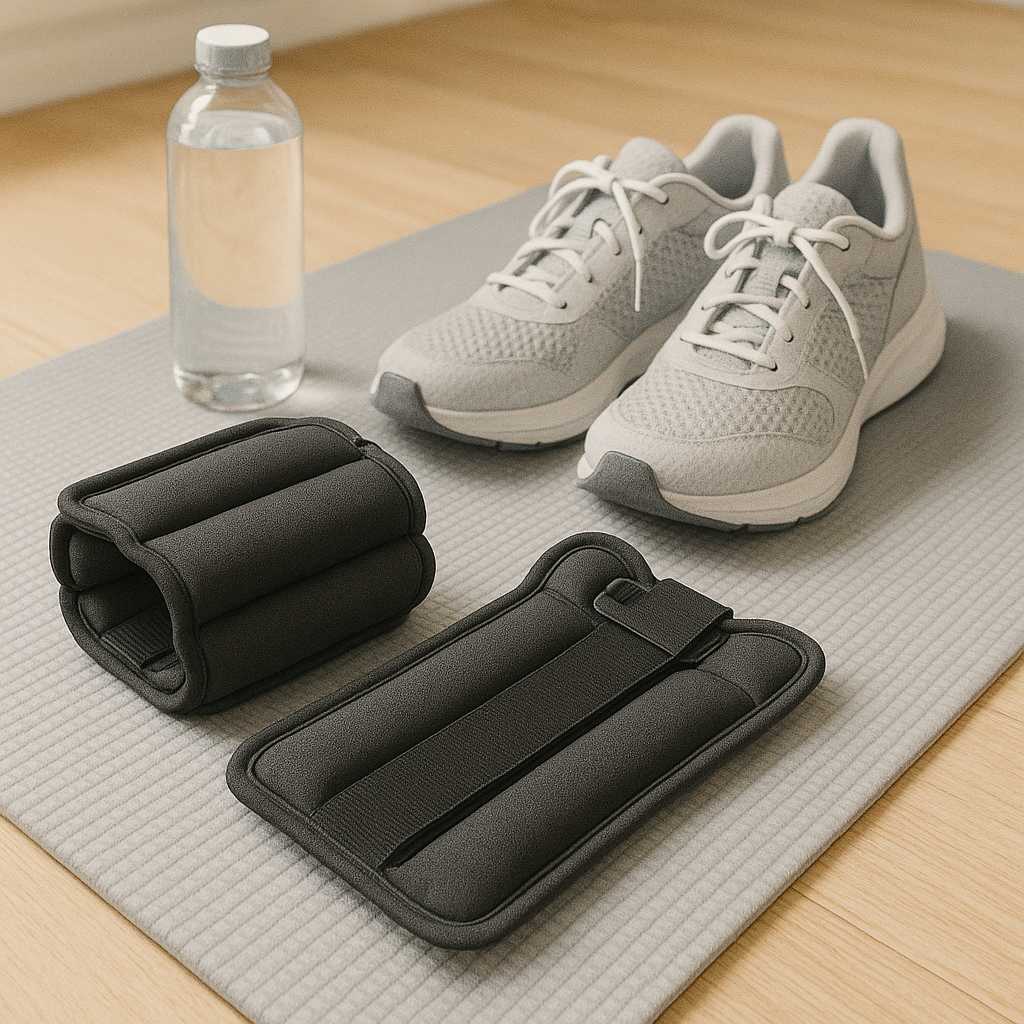Yes, ankle weights can help you lose weight by increasing calorie burn and muscle activation—but only when used properly and in moderation. Adding ankle weights to your workout routine offers benefits, but it’s crucial to know their pros, cons, and best practices to avoid injury. If you’re considering using ankle weights for weight loss, here’s what you need to know, including the safest ways to use them and recent expert guidance.
Understanding how ankle weights impact your workouts can help you make smart decisions about your fitness plan. Let’s explore how effective they really are, how to use them safely, and whether they’re right for your goals.

What Are Ankle Weights and How Do They Work?
Ankle weights are small, adjustable weights that strap around your lower legs. Their main purpose is to add resistance to simple movements like walking, jogging, or strength exercises. By making your muscles work harder, ankle weights can slightly increase the number of calories you burn during your workout. However, their effectiveness and safety depend on how—and how often—you use them.
Do Ankle Weights Really Help With Weight Loss?
Yes, but the effect is modest. Research shows that walking or doing low-impact exercises with ankle weights boosts calorie burn, heart rate, and muscle engagement compared to doing the same activity without them (Verywell Health, 2024). For example, a study published in the Journal of Sports Science & Medicine found that adding just 1–2 pounds per ankle can increase energy expenditure by 5–15% (PubMed, 2024).
However, ankle weights alone won’t lead to dramatic weight loss. Lasting results still require a combination of overall physical activity, strength training, and healthy eating.
Pros: Benefits of Ankle Weights
1. Increased Calorie Burn
- Adding resistance to movements forces your muscles to work harder, burning more calories with the same activity.
- Even light weights (1–2 lbs per ankle) can make walking, step-ups, and leg lifts more challenging.
2. Muscle Toning & Strength
- Ankle weights activate the glutes, hamstrings, quadriceps, and calves.
- Over time, this can improve muscle tone and endurance in your lower body.
3. Better Bone Health
- The extra weight applies beneficial stress to bones, which may help strengthen them and support joint health (CDC, 2024).
4. Improved Balance and Stability
- Training with ankle weights can help improve balance, coordination, and gait, especially for older adults or in physical therapy.
5. Easy to Add to Home Workouts
- Affordable, portable, and simple to use for exercises like leg raises, kickbacks, and walking.
Cons: Drawbacks and Potential Risks
1. Joint Stress and Injury
- Extra weight at the ankles can strain the knees, hips, and ankles.
- Improper use increases the risk of sprains, tendonitis, or overuse injuries (Harvard Health, 2024).
2. Not for All-Day Use or Running
- Wearing ankle weights for long walks, running, or daily activities may alter your gait, creating muscle imbalances and joint issues.
- Experts recommend limiting use to targeted exercises or short walks.
3. May Create Muscle Imbalances
- Overuse can strengthen the front thigh muscles (quadriceps) more than the hamstrings, which may affect posture and movement.
4. Not a Replacement for Full-Body Strength Training
- Ankle weights can complement, but not replace, traditional resistance or bodyweight workouts.
How to Use Ankle Weights Safely for Weight Loss
- Start Light: Use weights that are no more than 1–2% of your body weight (usually 0.5–2 lbs per ankle).
- Limit Duration: Use ankle weights for 10–30 minutes per session, 2–4 times a week.
- Target Specific Exercises: Ideal for leg raises, kickbacks, and short, brisk walks.
- Avoid High-Impact Cardio: Do not use them for running or jumping.
- Listen to Your Body: Stop if you feel pain or discomfort in your joints or muscles.
- Consult a Professional: If you have joint issues, arthritis, or injuries, talk to your doctor or physical therapist first.
Alternatives: Are There Safer Options?
If you want to increase the intensity of your cardio or walking workouts, consider:
- Weighted Vests or Backpacks: Distribute weight evenly across your body and are safer for longer sessions (Verywell Health, 2024).
- Resistance Bands or Bodyweight Movements: Provide safe, joint-friendly resistance and can be used for full-body workouts.
Frequently Asked Questions
Can you wear ankle weights all day for faster results?
No. This can increase the risk of injury and is not recommended by experts. Use them for short, specific workouts only.
How much weight should beginners use?
Start with 0.5 to 1 lb per ankle and only increase if you can maintain perfect form without discomfort.
Are ankle weights good for seniors?
Yes, but only under supervision and for balance or rehabilitation exercises, not for long walks or running.
Conclusion
Ankle weights can help you lose weight and build muscle tone—but only when used properly and as a supplement to a well-rounded fitness program. Always use light weights, limit duration, and pay attention to your body. If you’re new to ankle weights, consult a fitness or health professional to get started safely.
For more guidance, check out the official CDC Strength Training for Older Adults guide and the Harvard Health overview on wearable weights.
